Sound recording is full of specialized terminology. There are tons of acronyms and industry words that might seem foreign if you’re new to recording, so now’s the time to brush up on your vocab! Here are ten terms you may not have known*:
industry words that might seem foreign if you’re new to recording, so now’s the time to brush up on your vocab! Here are ten terms you may not have known*:
- Gobo: Short for go-between. This can be any type of barrier that is placed between instruments or microphones to help control bleed and other sonic issues. If you are recording in a very live room, you could place a gobo behind the mic to reduce the amount of room reflections that are being picked up by the mic. In a pinch, a gobo can be as simple as a couple chairs and a thick comforter.
- IEEE 1394 (IEEE=Institute of Electrical and Electronics Engineers), an interface protocol to connect computer devices. There are two versions, one transmitting up to 400 Mb/s, the other up to 800 Mb/s. Apple’s trademarked term for the IEEE 1394 protocol is FireWire, Sony calls it iLink, Texas instruments calls it Lynx.
- Nyquist frequency: In digital audio, the highest frequency that can be accurately sampled—it can be no higher than at ½ of a chosen sample rate. Example: The CD sampling rate of 44.1 kHz allows accurate representation of frequencies up to around 21 kHz (hence here the Nyquist frequency), which is near the upper limit of human hearing.
- Decca Tree: A stereo miking technique in which at least three omni-directional microphones are used, with two mics placed around six feet apart, and the third halfway between the two mics but about 5 feet closer to the sound source. Picture an upside-down “T.” This technique is commonly used for orchestras and film recording.
- Over (audio term): A type of digital clipping that occurs when an input signal exceeds 0 dB Full Scale.
- RTAS: Real Time Audio Suite – a software plug-in format designed by Digidesign. RTAS uses a host computer’s hardware for processing.
- TDM: Short for Time Division Multiplexing, a software plug-in format designed by Digidesign. TDM uses proprietary hardware cards for processing.
- Virtual Instrument: The sounds of an instrument playable from a computer, sounds that were not recorded (not digitally sampled), but instead are being simulated by a computer program using your computer’s hardware to generate audio signals. Many virtual instruments respond to MIDI messages and DAWs use virtual instruments as plug-ins.
- 10 dB Rule: When using multiple mics in close proximity to one another, differences in a sound wave’s time of arrival can cause phasing problems. If the sound of one instrument is going into multiple microphones, then make sure that there is (at least) a 10 dB signal difference between them to avoid phasing issues.
- Baffle: Any construction or device that reduces the strength of a sound wave as it travels through the air. Baffles help control the way sound reacts in a space. Speaker cabinets use baffles to absorb sound pressure and control cabinet resonance. Baffle is sometimes used interchangeably with Gobo.
*Note: All definitions are derived from Recordingmag.com’s Glossary of Tech Terms. It’s certainly a resource worth checking out!
Tell us what you think: How many of the recording terms listed above did you know?
The SongCast Crew









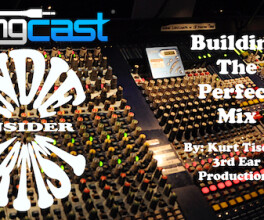





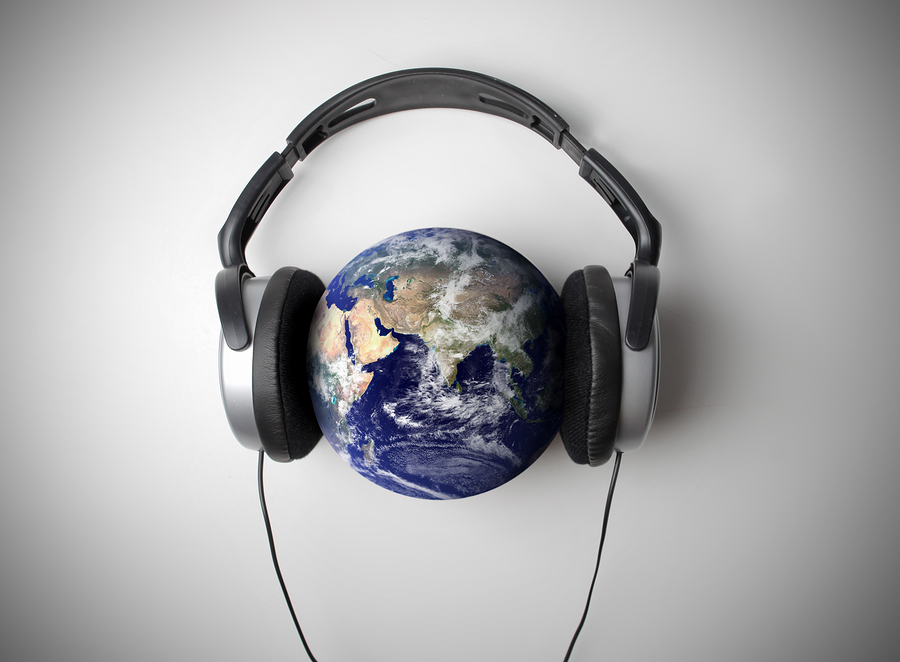

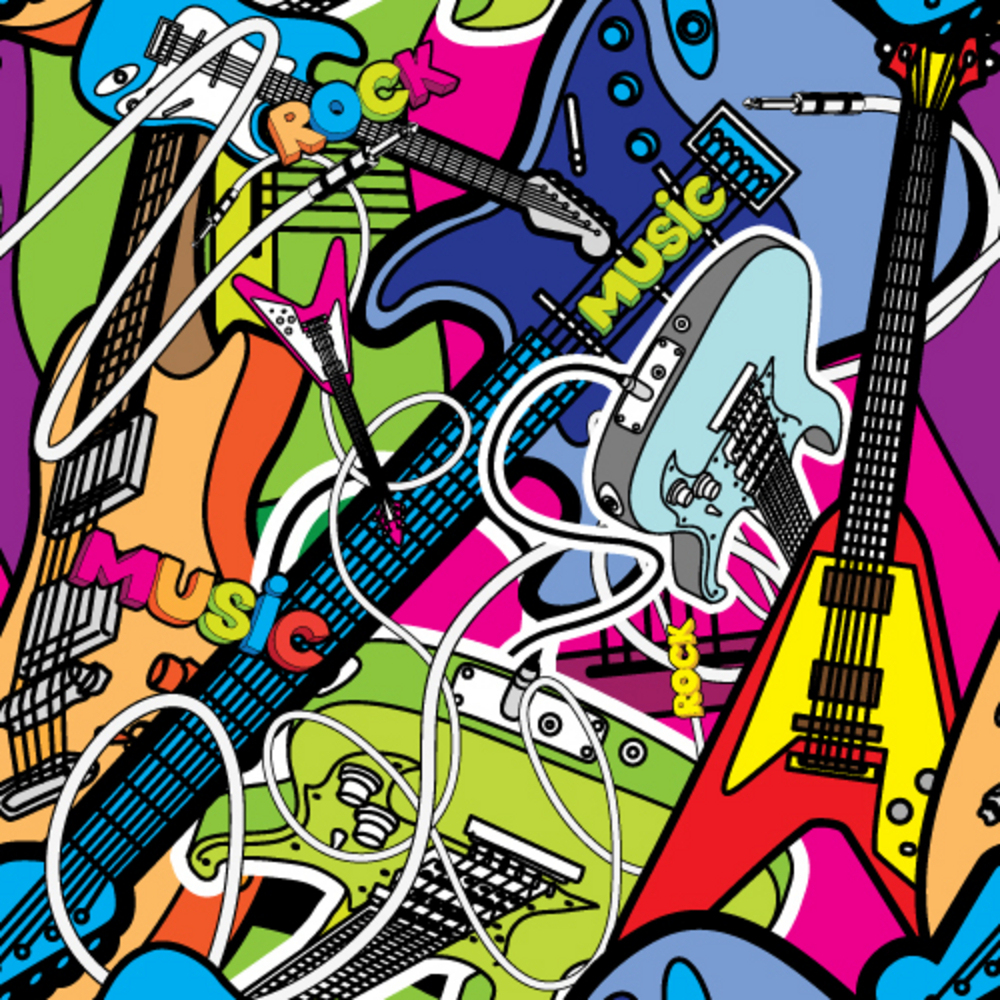


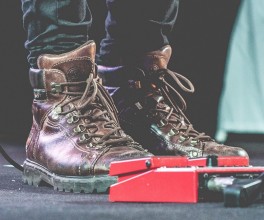


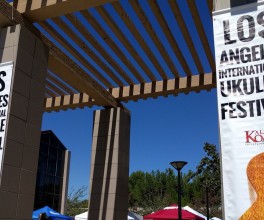
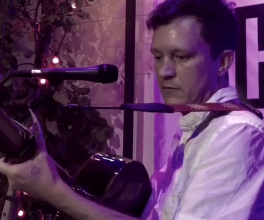
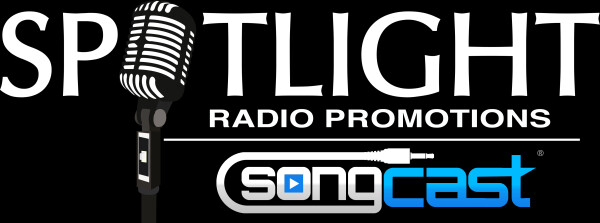
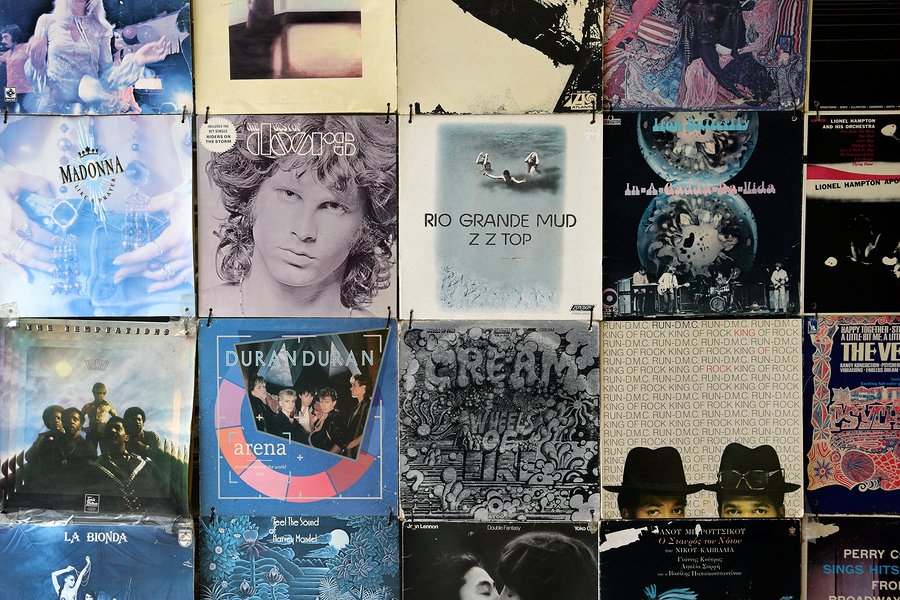





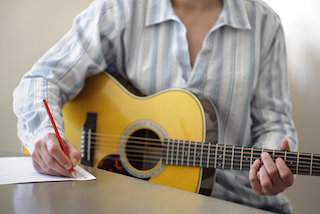
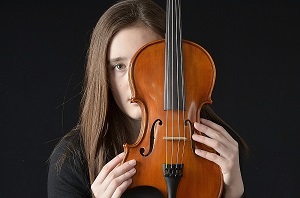

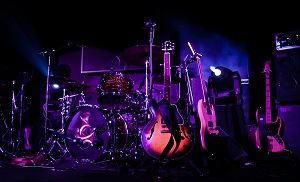



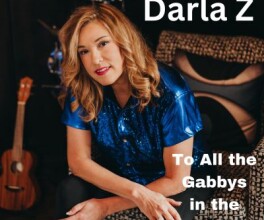

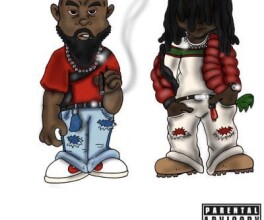

Comments
No comment